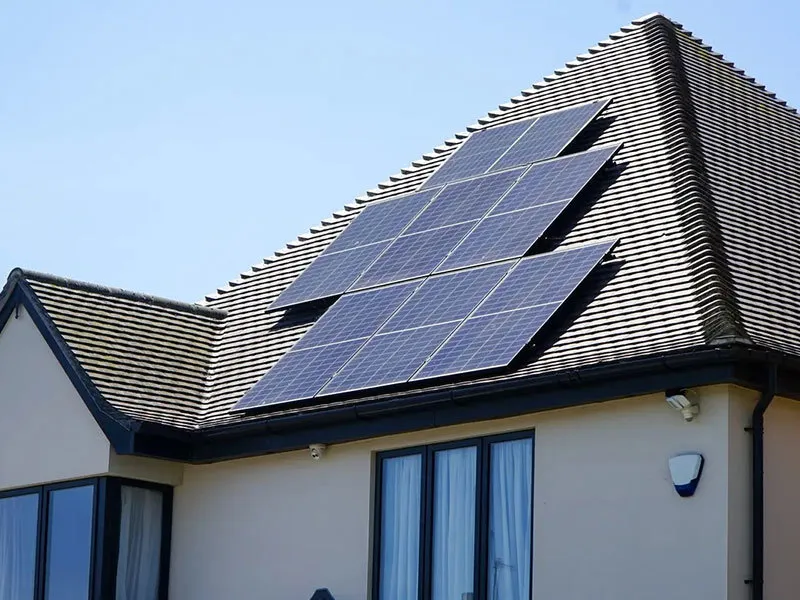Understanding Efficiency Levels of Standard Solar Panels for Optimal Energy Production
Understanding Standard Solar Panel Efficiency Key Factors and Future Directions
The pursuit of renewable energy has intensified in recent years, and solar power stands out as a prominent contender for sustainable energy production. At the heart of solar technology is the solar panel, specifically its efficiency—an essential metric that determines how effectively a panel converts sunlight into electricity. Understanding standard solar panel efficiency not only helps consumers make informed decisions but also sheds light on the advancements shaping the future of solar technology.
What is Solar Panel Efficiency?
Solar panel efficiency refers to the percentage of sunlight that a solar panel can convert into usable electricity. For instance, a solar panel with an efficiency rating of 20% converts 20% of the sunlight hitting it into electrical energy. Standard solar panels generally range from 15% to 22% efficiency, with high-efficiency panels sometimes exceeding this range. Various factors determine this efficiency, including the quality of materials used, the design of the solar cells, and the manufacturing process.
Factors Influencing Solar Panel Efficiency
1. Materials The type of semiconductor material used in solar cells significantly impacts their efficiency. The most common material, crystalline silicon, is used in two primary forms monocrystalline and polycrystalline. Monocrystalline panels are known for their higher efficiency—ranging from 18% to 22%—due to their single-crystal structure that allows for better electron movement. Polycrystalline panels, while less efficient (typically 15% to 17%), are often more cost-effective.
2. Cell Design The design of solar cells also plays a crucial role in their efficiency. Innovations such as bifacial solar panels, which capture sunlight on both sides, and PERC (Passivated Emitter and Rear Cell) technology enhance the overall performance of solar panels. These designs maximize the absorption of sunlight and reduce energy losses, pushing efficiency boundaries.
3. Temperature and Light Conditions The performance of solar panels can vary based on environmental factors such as temperature and the angle of sunlight. Higher temperatures can reduce the efficiency of solar panels, as excessive heat can lead to increased electrical resistance. Furthermore, panels angled correctly can capture more light throughout the day, improving overall energy production.
4. Shading and Dirt Accumulation External factors like shading from trees, buildings, or dirt buildup on the panels also significantly affect efficiency. Regular maintenance and strategic placement of solar panels are essential to mitigate these issues and ensure optimal performance.
standard solar panel efficiency

Current Standards and Future Developments
As solar technology advances, the industry continually seeks to improve efficiency standards. The current benchmark for commercial solar panels hovers around 20%, with leading manufacturers developing panels capable of 23% efficiency or more. Research initiatives aim to explore new materials, such as perovskites and multi-junction cells, which could potentially surpass traditional silicon-based technologies.
Additionally, policy makers and solar organizations are actively working to standardize efficiency ratings and certifications. The International Electrotechnical Commission (IEC) and the North American Board of Certified Energy Practitioners (NABCEP) provide guidelines that manufacturers must follow to ensure transparency and accuracy in efficiency claims.
The Impact of Higher Efficiency Panels
Higher efficiency solar panels can significantly influence the solar market and its adoption. They allow for more energy production in limited spaces, making them ideal for urban environments where roof space is at a premium. With increasing efficiency, the overall cost per watt generated may decrease, making solar power more economically viable for a broader range of consumers.
Furthermore, as efficiency improves, the viability of large-scale solar projects increases, driving down costs associated with solar energy production. This trend aligns with global efforts to transition to clean energy sources, reduce carbon footprints, and mitigate climate change.
Conclusion
Standard solar panel efficiency is a critical aspect of solar energy technology that impacts decision-making for consumers and investors alike. With ongoing advancements in materials and design, the efficiency of solar panels is set to rise, paving the way for a cleaner, more sustainable energy future. As we continue to harness the power of the sun, the efficiency of solar panels will play a pivotal role in our quest for renewable energy alternatives, ensuring that solar power can meet the growing energy demands of our planet while reducing our environmental impact.
-
Unlocking Energy Freedom with the Off Grid Solar InverterNewsJun.06,2025
-
Unlock More Solar Power with a High-Efficiency Bifacial Solar PanelNewsJun.06,2025
-
Power Your Future with High-Efficiency Monocrystalline Solar PanelsNewsJun.06,2025
-
Next-Gen Solar Power Starts with Micro Solar InvertersNewsJun.06,2025
-
Harnessing Peak Efficiency with the On Grid Solar InverterNewsJun.06,2025
-
Discover Unmatched Efficiency with the Latest String Solar InverterNewsJun.06,2025







